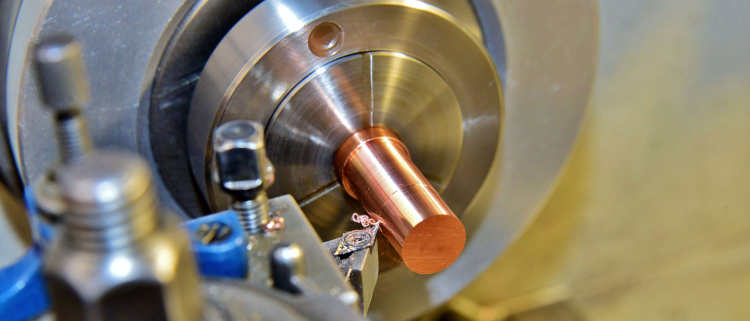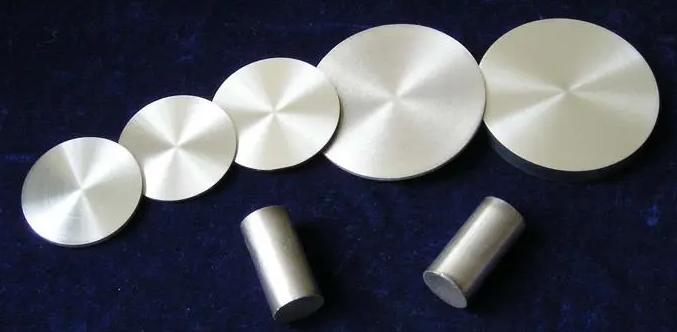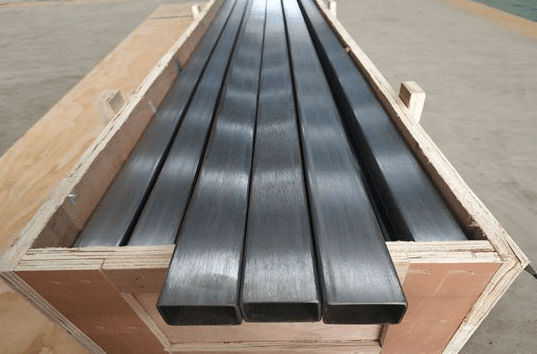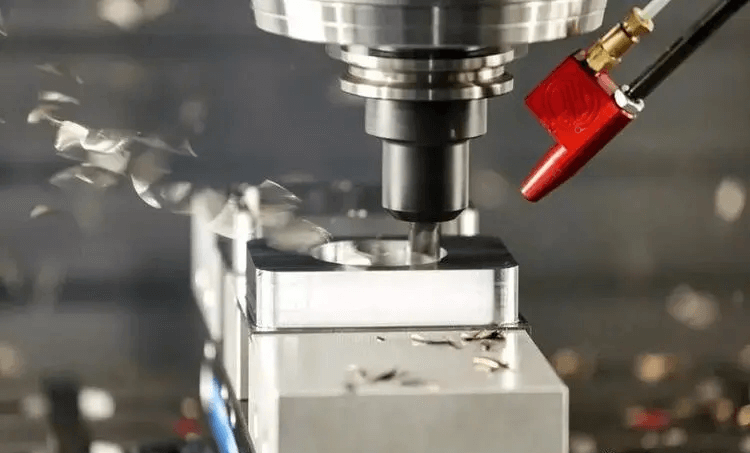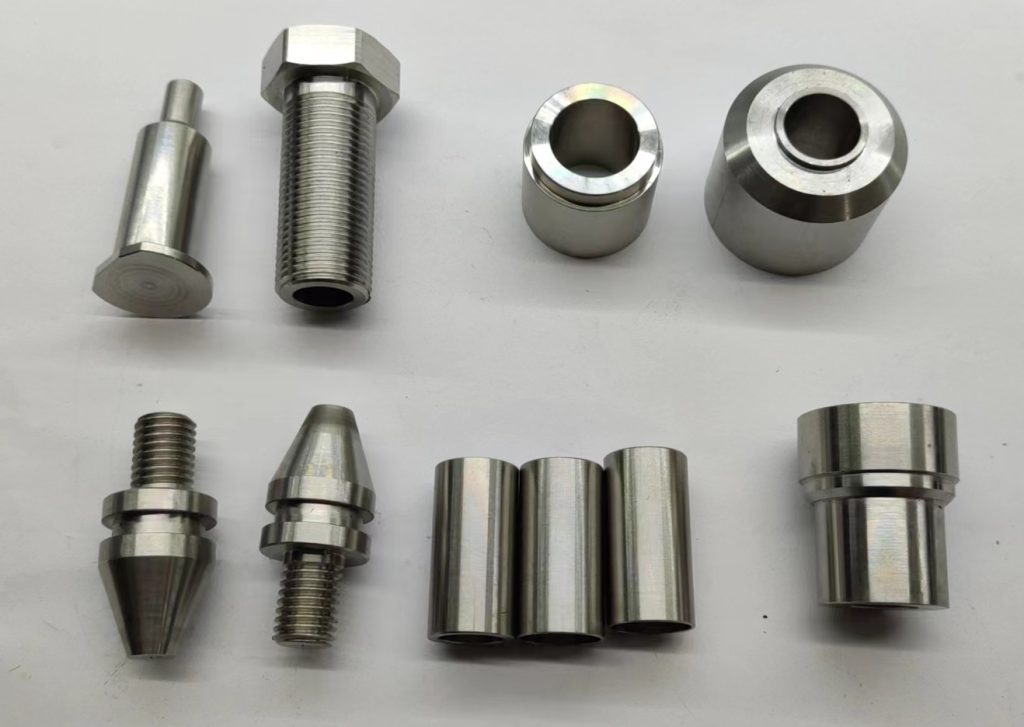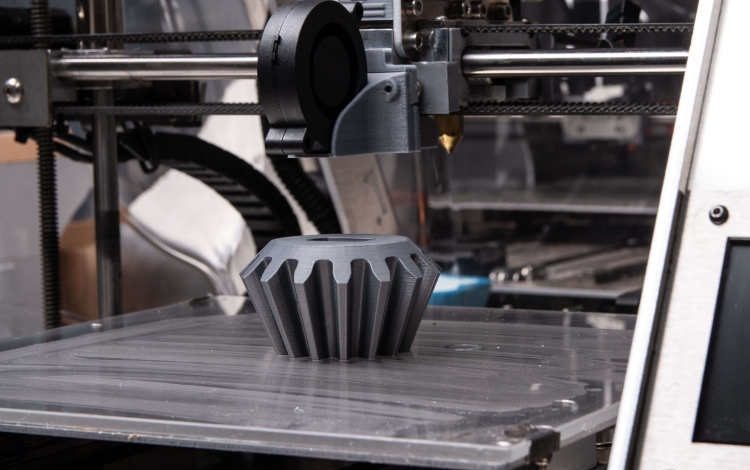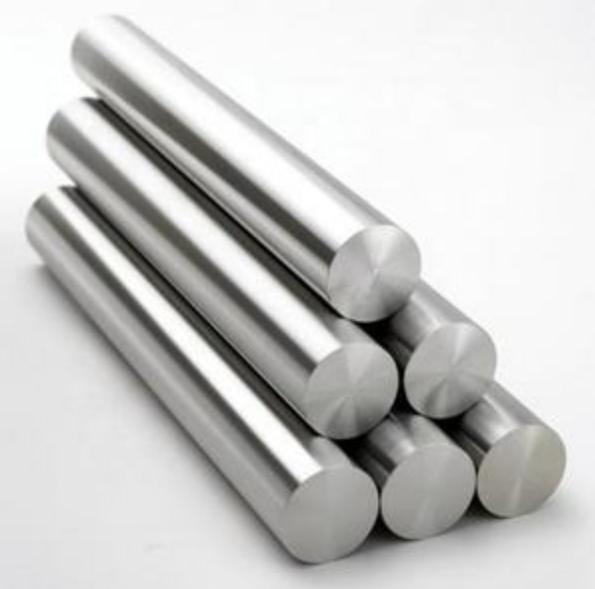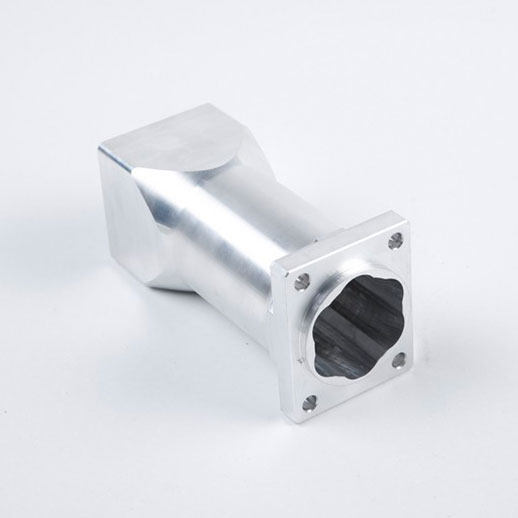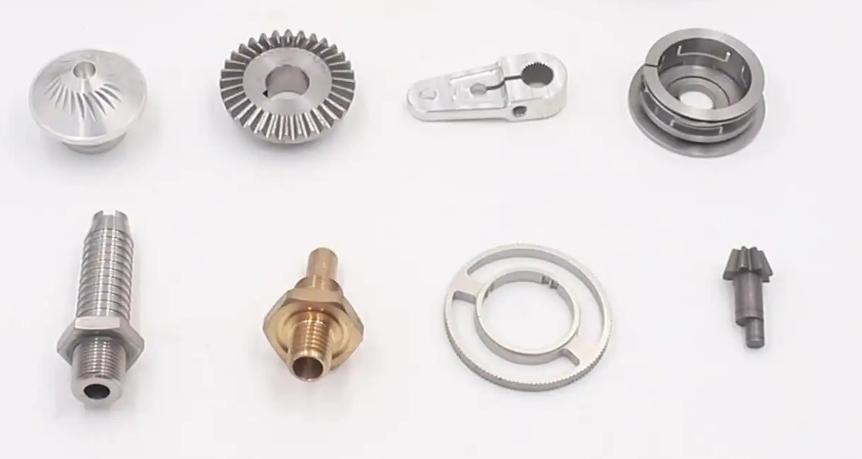CNC machining is a versatile process that can handle a wide range of materials. However, choosing the right material for your project is crucial. Two popular options for high-performance parts are titanium and steel. While both offer excellent strength, they have distinct properties that make them better suited for specific applications. This article will delve into the key differences between titanium and steel when it comes to CNC machining.
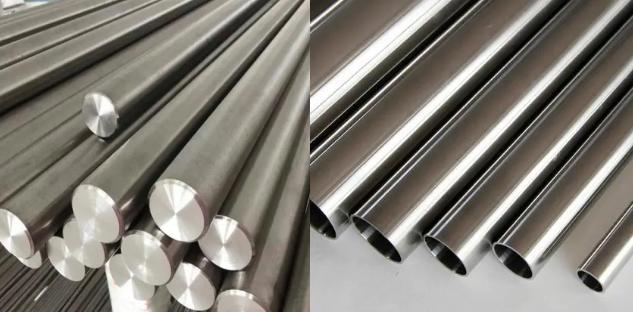
Properties of Titanium and Steel
Titanium and steel are both widely used materials in various industries due to their unique properties. Here’s an overview of their physical, chemical, and mechanical properties:
| Properties | Titanium | Steel | |
| Physical Properties | Density | Low (Approx. 4.5 g/cm³) | Medium to High (7.75 – 8.05 g/cm³) |
| Melting Point | High (Approx. 1,668°C) | High (1,370°C to 1,540°C) | |
| Color | Silver-grey metallic luster | Grey to silver | |
| Corrosion Resistance | Excellent, especially in chloride environments | Susceptible; enhanced with coatings and alloying elements | |
| Thermal Conductivity | Relatively low | Relatively high | |
| Electrical Conductivity | Low | Good | |
| Chemical Properties | Reactivity | Reactive at high temperatures | Reactive with oxygen and moisture |
| Oxidation | Forms protective oxide layer (TiO2) | Forms iron oxide (rust) | |
| Affinity for Oxygen | High | Moderate to High | |
| Mechanical Properties | Strength | High strength-to-weight ratio | High |
| Ductility | Good | Varies depending on composition | |
| Toughness | Excellent | Good | |
| Fatigue Strength | High | High | |
| Elastic Modulus | Relatively low | Relatively high | |
Differences between Titanium and Steel in CNC Machining
CNC machining of titanium and steel involves distinct challenges and considerations due to their differing properties. Here are some key differences between machining titanium and steel:
1. Material Hardness:
Titanium: Titanium is known for its low thermal conductivity and tendency to work-harden during machining. This can lead to increased tool wear and diminished cutting efficiency.
Steel: While steel can vary widely in hardness depending on its composition and heat treatment, it generally offers better machinability compared to titanium. However, certain hardened steel alloys may pose challenges similar to titanium.
2. Chip Formation:
Titanium: Machining titanium generates long, stringy chips that can wrap around the cutting tool, leading to chip recutting and tool wear. Proper chip evacuation strategies are essential to prevent chip buildup and tool damage.
Steel: Steel typically produces shorter, more manageable chips compared to titanium. However, chip control remains crucial to prevent chip entanglement and ensure efficient machining.
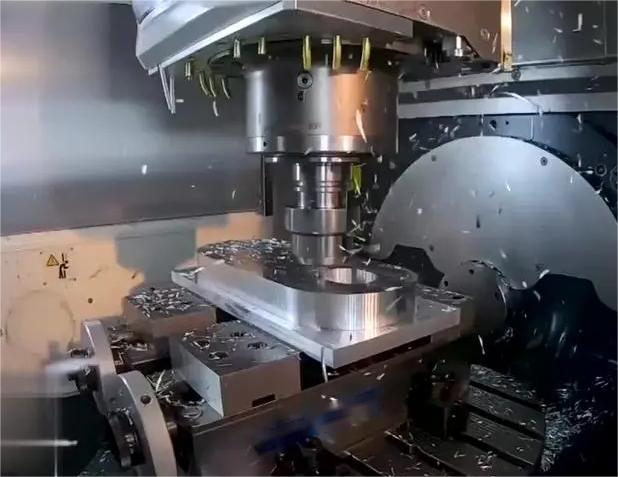
3. Tool Wear and Life:
Titanium: Titanium’s abrasive nature and tendency to adhere to cutting tools contribute to accelerated tool wear. Specialized tool coatings and high-performance cutting tools are often required to prolong tool life and maintain machining accuracy.
Steel: While steel generally exhibits better machinability than titanium, certain steel alloys may still cause significant tool wear, especially when machining at high speeds or feeds. Proper tool selection and maintenance are essential to mitigate wear and extend tool life.
4. Coolant Requirements:
Titanium: Effective coolant application is crucial when machining titanium to dissipate heat and prevent workpiece deformation, tool overheating, and built-up edge formation. Coolant also helps flush away chips and reduce the risk of thermal damage.
Steel: Steel machining also benefits from coolant application to reduce cutting temperatures and improve chip evacuation. However, the specific coolant requirements may vary depending on the steel grade and machining conditions.
5. Surface Finish:
Titanium: Achieving a smooth surface finish on titanium parts can be challenging due to its tendency to work-harden and produce built-up edge during machining. Proper tool selection, cutting parameters, and finishing operations are essential to achieve desired surface quality.
Steel: Steel generally offers better surface finish compared to titanium, thanks to its superior machinability and ability to maintain dimensional stability during cutting. However, achieving fine surface finishes may still require post-machining processes such as grinding or polishing.
6. Machine Rigidity and Stability:
Titanium: Machining titanium often requires robust and rigid machine tools to withstand the high cutting forces and vibrations generated during cutting. Ensuring adequate machine stability is crucial to maintain dimensional accuracy and surface finish.
Steel: While steel machining may not require as much machine rigidity as titanium, stable machining conditions are still essential to minimize tool deflection and vibration, particularly when machining harder steel alloys.
7. Cost:
Titanium: Titanium is more expensive than steel, both in terms of material cost and machining costs. The high cost of titanium materials, coupled with the challenges of machining it, contributes to its overall higher cost compared to steel.
Steel: Steel is generally more cost-effective than titanium, both in terms of material cost and machining costs. Its widespread availability, ease of machining, and lower tool wear contribute to its lower overall cost.
8. Specific Applications
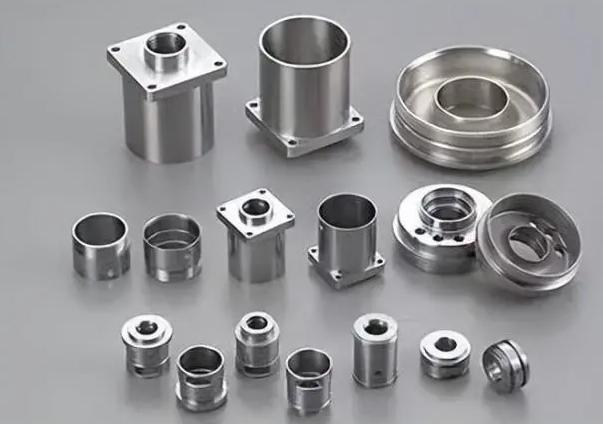
- Aerospace Components: Titanium’s lightweight yet strong properties make it an ideal material for aerospace applications. CNC machining is commonly used to produce components such as aircraft frames, engine parts, and landing gear components.
- Medical Implants: Titanium is biocompatible, corrosion-resistant, and has high strength-to-weight ratio, making it suitable for medical implants such as hip replacements, bone plates, and dental implants.
- Automotive Industry: CNC machining titanium parts are used in high-performance automotive components such as suspension systems, exhaust systems, and engine parts where lightweight and strength are critical.
- Military and Defense: Titanium parts are used in military and defense applications due to their strength, corrosion resistance, and ability to withstand extreme conditions. CNC machining is utilized for manufacturing components like armored vehicle parts, missile components, and protective gear.
- Sporting Goods: Titanium’s high strength-to-weight ratio makes it a preferred material for sporting goods such as bicycle frames, golf club heads, and tennis racket frames.
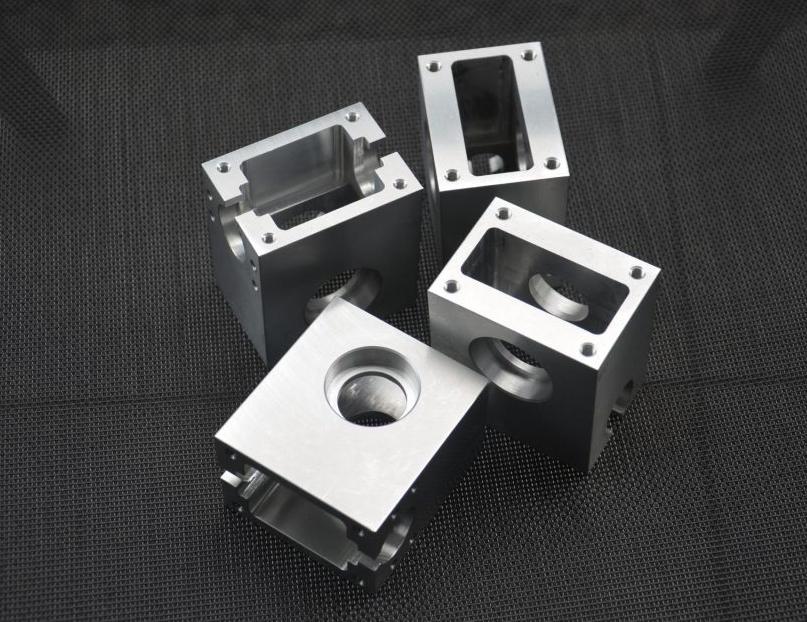
- Automotive Industry: Steel is commonly used in the automotive industry for manufacturing various components including engine parts, transmission parts, chassis components, and suspension systems. CNC machining enables precise fabrication of these steel parts.
- Oil and Gas Equipment: Steel parts produced through CNC machining are used in the oil and gas industry for manufacturing valves, pumps, pipelines, and drilling equipment due to steel’s strength, durability, and resistance to corrosion.
- Industrial Machinery: Steel parts are essential in the construction of industrial machinery such as heavy-duty equipment, machine tools, and manufacturing fixtures. CNC machining ensures the production of accurate and reliable steel components for these applications.
- Infrastructure and Construction: Steel parts manufactured through CNC machining are used in construction and infrastructure projects for structural components such as beams, columns, and support structures due to steel’s high strength and load-bearing capabilities.
- Consumer Goods: Steel parts produced by CNC machining are used in various consumer goods such as appliances, tools, locks, and hardware due to steel’s durability, strength, and aesthetic appeal.
In summary, while both titanium and steel can be machined using CNC methods, they present distinct challenges and considerations. Understanding these differences is essential for selecting appropriate machining strategies, tooling, and process parameters to achieve optimal results in CNC machining projects involving titanium or steel materials.
Recommended Practices for CNC Machining Titanium and Steel
CNC machining of titanium and steel requires specific techniques and considerations due to the unique properties of each material. Here are some recommended practices for machining titanium and steel:
Titanium Machining:
- Tool Selection: Use carbide tools with high cutting speeds and low feed rates. Coated carbide tools such as TiAlN (Titanium Aluminum Nitride) or TiCN (Titanium Carbonitride) are recommended for better tool life.
- Coolant: Use plenty of coolant to dissipate heat generated during machining. Flood coolant or mist coolant systems are commonly used.
- Cutting Parameters: Utilize low cutting speeds and high feed rates to minimize tool wear and heat buildup. Titanium is prone to work hardening, so maintaining consistent cutting parameters is crucial.
- Chip Control: Ensure proper chip evacuation to prevent re-cutting and tool damage. Implement chip breakers and peck drilling for deep-hole drilling operations.
- Workholding: Use robust and stable workholding setups to minimize vibrations, which can lead to poor surface finish and tool breakage.
- Avoidance of Interruptions: Once machining starts, try to avoid interruptions as much as possible. Interrupted cuts can cause tool chipping and premature tool wear.
- Tool Maintenance: Regularly inspect and maintain cutting tools to ensure sharpness and proper edge condition.
Steel Machining:
- Tool Selection: Choose high-speed steel (HSS) or carbide tools depending on the steel grade and cutting conditions. Coated carbide tools are preferred for their wear resistance.
- Coolant: Use coolant to reduce cutting temperatures and prolong tool life. Flood coolant is effective for most steel machining operations.
- Cutting Parameters: Optimize cutting speeds and feed rates based on the specific steel grade and workpiece geometry. Higher speeds can be used for softer steels, while harder steels require lower speeds and higher feed rates.
- Chip Control: Maintain adequate chip control to prevent chip jamming and tool damage. Proper chip evacuation is crucial, especially in deep and narrow grooves.
- Workholding: Ensure secure workpiece clamping to prevent movement and vibrations during machining. Soft jaws or custom fixtures may be necessary for complex workpieces.
- Tool Lubrication: Consider using cutting fluids with lubricating properties to reduce friction and heat generation during machining.
- Tool Wear Monitoring: Regularly monitor tool wear and replace cutting tools as needed to maintain machining accuracy and surface finish.
In both cases, it’s important to consider the specific grade of titanium or steel being machined, as well as the requirements of the final part. Additionally, proper machine setup, including spindle speed, tool runout, and tool holder rigidity, plays a significant role in achieving successful machining results.
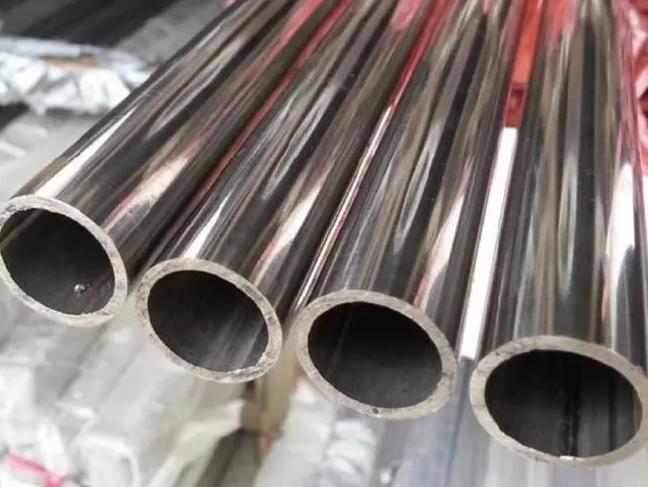
Here are some common grades of Titanium and Steel for CNC Machining:
Titanium:
- Grade 2 (Commercially Pure Titanium): Offers good corrosion resistance, machinability, and fair strength. Used in medical, marine, and aerospace applications.
- Grade 3 (Pure Titanium, Medium Oxygen): Similar properties to Grade 2, but slightly less commercially popular. Still finds uses for its good balance of machinability, strength, and corrosion resistance.
- Grade 5 (Ti-6Al-4V): The most widely used titanium alloy for CNC machining. It’s a good compromise between strength, weight, and corrosion resistance. Common in applications like power generation, marine uses, and aircraft structures.
Steel:
- AISI 1018 (Low Carbon Steel): Very machinable due to its low carbon content. Used for parts requiring good machinability but not needing high strength.
- AISI 4140 Chromoly Steel: Offers good strength and toughness due to the presence of chromium and molybdenum. Used in parts requiring a balance of machinability and strength, like gears and shafts.
- AISI 304 Stainless Steel: Known for its excellent corrosion resistance. It’s not the easiest to machine due to its chromium content, but finds uses in parts needing good corrosion resistance, like food processing equipment.
Remember, these are just a few common examples. The best grade for your project will depend on the specific properties you need, such as strength, weight, corrosion resistance, and machinability.
Conclusion
In conclusion, CNC machining titanium and steel presents unique challenges and opportunities compared to brass and aluminum. While titanium offers superior strength and corrosion resistance, its low thermal conductivity and high reactivity necessitate specialized tooling and coolant strategies to mitigate heat buildup and chemical reactions. Steel, with its diverse range of alloys, demands careful selection of cutting tools and machining parameters to optimize performance and surface finish. By understanding the inherent differences between these materials and adopting recommended practices, manufacturers can unlock the full potential of CNC machining in diverse applications.


